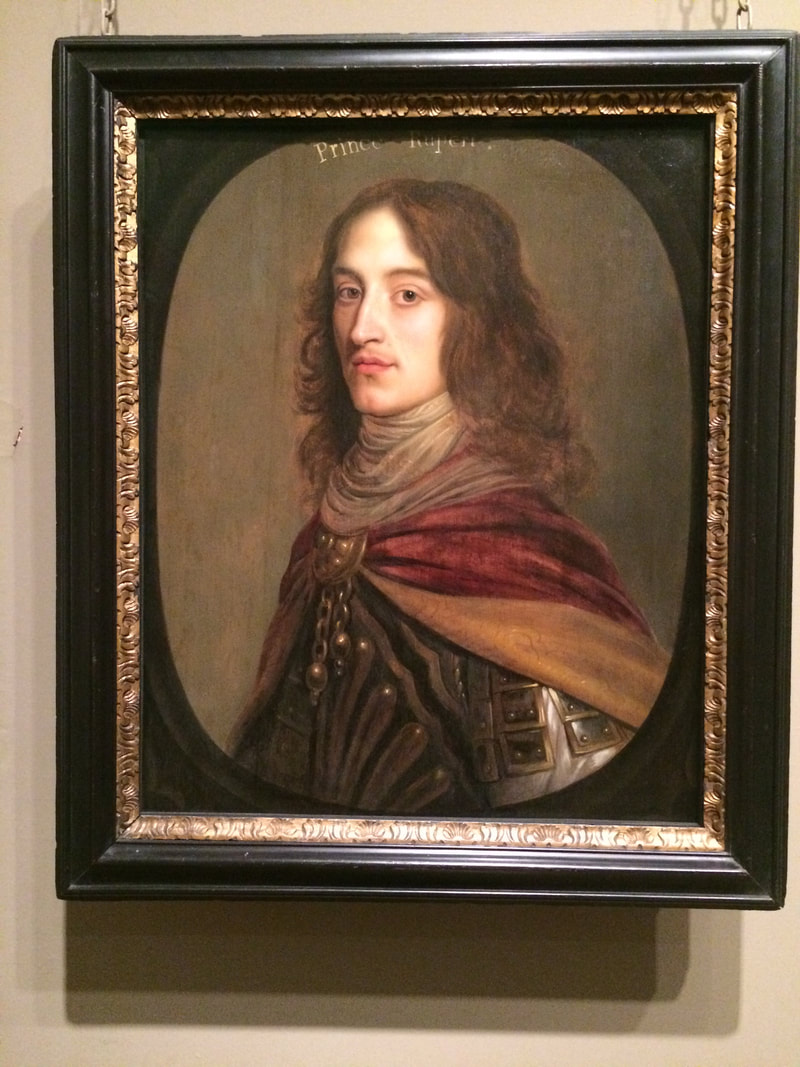
|
Montacute House is a late Elizabethan building now owned by the National Trust. On the second floor, the long gallery is the site of exhibitions of portraits from London's National Portrait Gallery. Guests wander among the exhibits and admire the 16th century architecture. The house had minimal alterations over the years. The exhibition portrays one branch of today's royal family tree. Elizabeth [Stuart] of Bohemia (1596-1662), was the oldest daughter of James VI and I, King of Scotland, England, and Ireland. James I succeeded Queen Elizabeth I, after her death in 1603. Elizabeth Stuart's elder brother was Henry Stuart, who died at age 18 in 1612. Thus her younger brother Charles became the heir to the throne(s), eventually Charles I. When Queen Anne, the last Stuart monarch, died in 1714, George I became king. He was Elizabeth of Bohemia's grandson, the first of the House of Hanover. Elizabeth Stuart (1596-1662), portrayed by an unknown artist in 1613. Elizabeth Stuart's mother was Anne of Denmark, and Elizabeth was the granddaughter of Mary, Queen of Scots (1542-1587). She wears a black armband, signifying her mourning for her brother Henry, Prince of Wales. Frederick V King of Bohemia and Elector Palatine (1596-1632) painted by Gerrit van Honthorst posthumously (1635) and in Roman Garb, to indicate his status in the Holy Roman Empire. At their marriage in 1613. Elizabeth outranked her husband, who was officially Elector Palatine of the Rhine in the HRE. They resided in the palace at Heidelberg. Amidst serious conflict between Protestants and Catholics, in 1619, he was crowned King of Bohemia in Prague. In less than a year, battles of the Thirty Years War unseated him. Exile in the Hague ended for him at his death in 1632 of a fever, age only 36, leaving Elizabeth a widow with ten children, one less than a year old.  Prince Rupert (1619-1682) was their third son, a fighter for Protestant causes and eventually a Royalist commander in the English Civil War. In later years, he encouraged his mother to return to England where she died in 1662. This painting is also by van Honthorst, who resided in The Hague with Elizabeth's court in exile. His paintings were commissioned to advance the interests of her family and especially to promote their advantageous marriages. Prince Rupert, however, never married, though he had two long-term mistresses and a child with each of them, both of whom he acknowledged. He had a long career, after the Restoration, as an Admiral in the navy. Elizabeth, Princess Palatine (1618-80), by van Honthorst, was the Winter Queen's eldest daughter. She had an intellectual bent, and corresponded for many years with French Philosopher Rene Descartes, who dedicated his Principia to her in 1644. She also resisted her mother's matchmaking and many eager suitors. She became the Abbess of a Protestant Abbey in Westphalia. The youngest daughter, Sophia, married Ernest Augustus of Brunswick-Luneburg in 1658, and became an Electress of Hanover. Her son became George I of Great Britain after the death of Queen Anne in 1714. Elizabeth, Queen of Bohemia and Electress Palatine (1596-1662) From the studio of van Honthorst, c. 1642. Portrayed in mourning for her husband who died in 1632, she wore black all her life. Over the years, as her cause of reclaiming the Palatinate failed, her income declined. Married at age 16 and widowed at 36, she was the goddaughter of Elizabeth I, daughter of James I, sister of Charles I, and grandmother of George I. Also on display at Montacute House are works from the National Portrait Gallery Collection of Elizabeth I and her circle and the court of James I. Above, Elizabeth I by an unknown artist, c. 1585-90, probably a copy provided to satisfy the widespread demand for images of the Great Queen. As she is often portrayed, she wears elegant and elaborate clothing and jewels. Robert Dudley, Earl of Leicester (1532-1588), was close to the Queen and held several important crown posts. Again, this a period copy by an unknown artist, one of several. James I of England and VI of Scotland (1566-1625) was the father of The Winter Queen and followed Elizabeth I, who had no husband or children, on the throne. This painting, by John de Critz the Elder, is dated 1605. According to the text panel, King James "...reportedly presented this portrait to Sir Edward Phelips, the builder of Montacute." He was the son of Mary, Queen of Scots. George Villiers (1592-1638) and his wife Katherine Manners (1603-1649) were 1st Duke and Duchess of Buckingham, with their children Mary and George, painted by an unknown artist after van Honthorst, 1628. Villiers was close to James I and became powerful and rich through his connections, founding a family that continues to the present. This portrait of Princess Elizabeth, Queen of Bohemia and Electress Palatine (1596-1662), comes from the studio of Michiel Jansz. van Miereveldt, c. 1623. The text panel states, "A symbol of militant Protestantism in Europe, Elizabeth played on her association with her godmother and namesake; her supporters modelled themselves on chivalric knights and proclaimed allegiance to her as 'Queen of Hearts'."
0 Comments
Leave a Reply. |
Victoria Hinshaw, Author
Archives
July 2024
Categories |

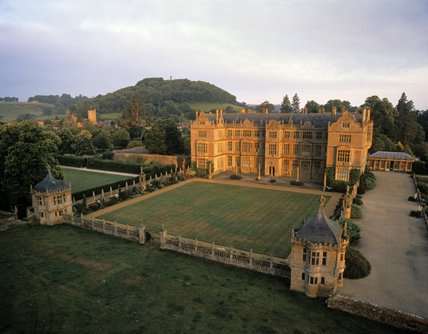
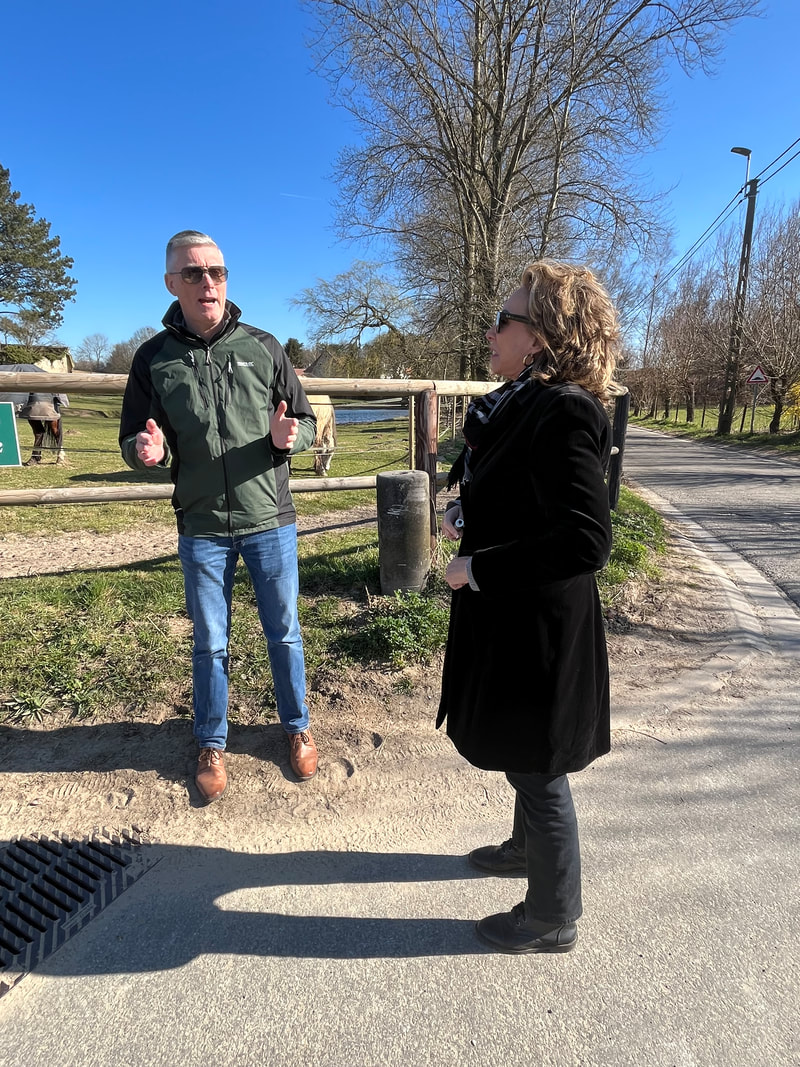
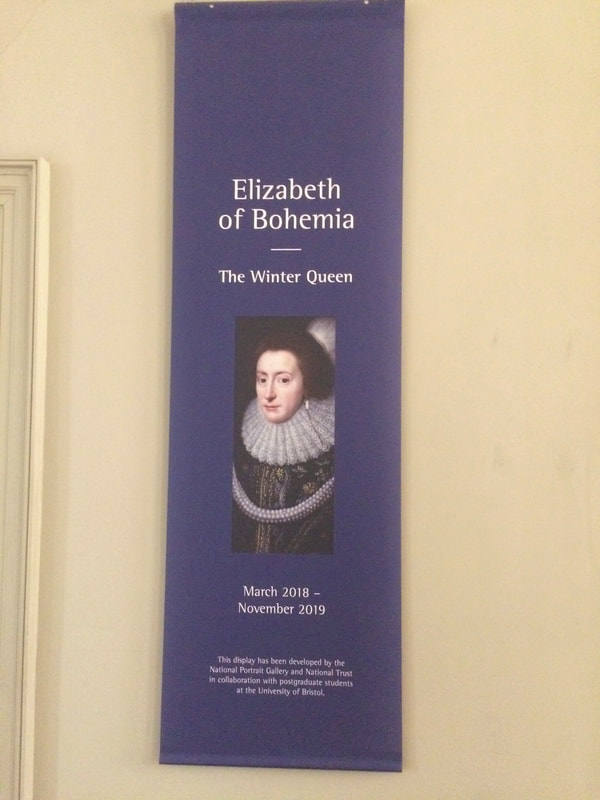
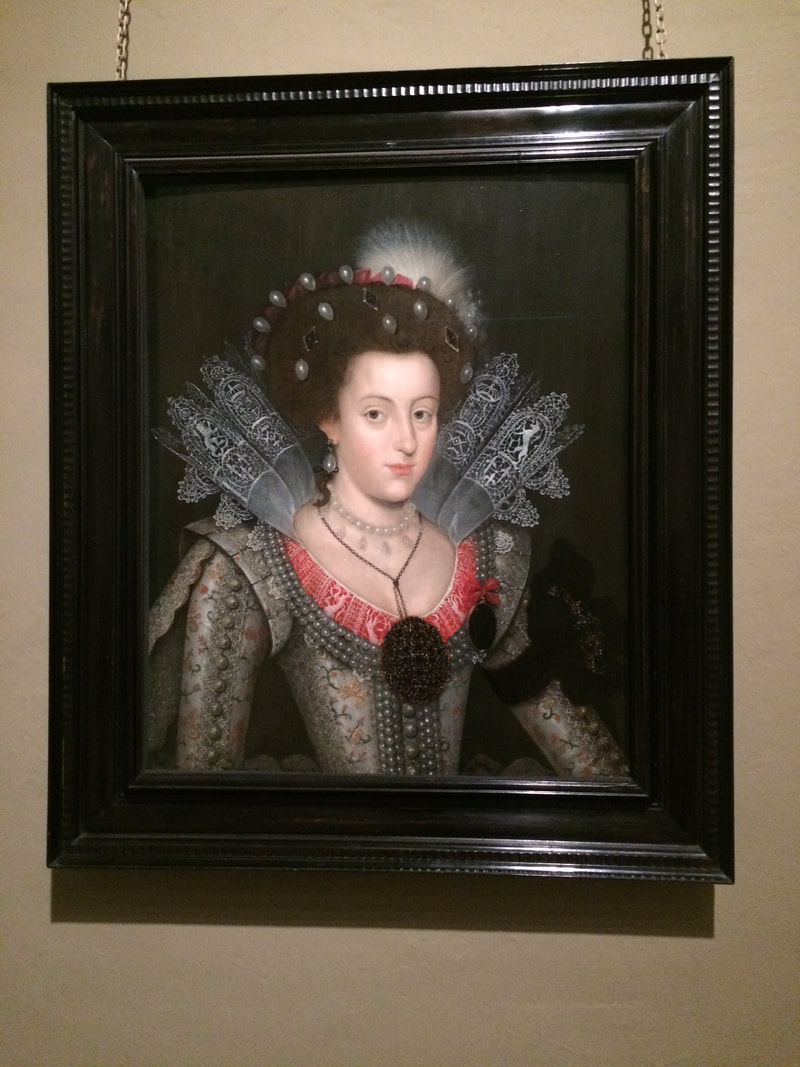
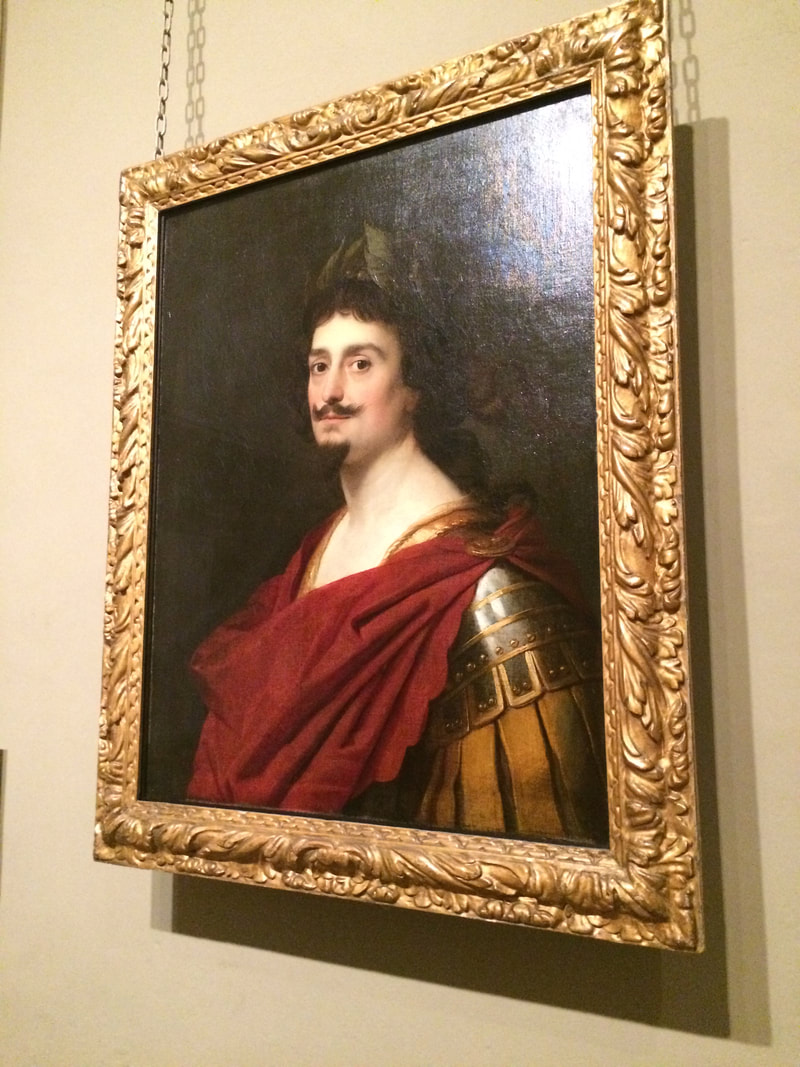
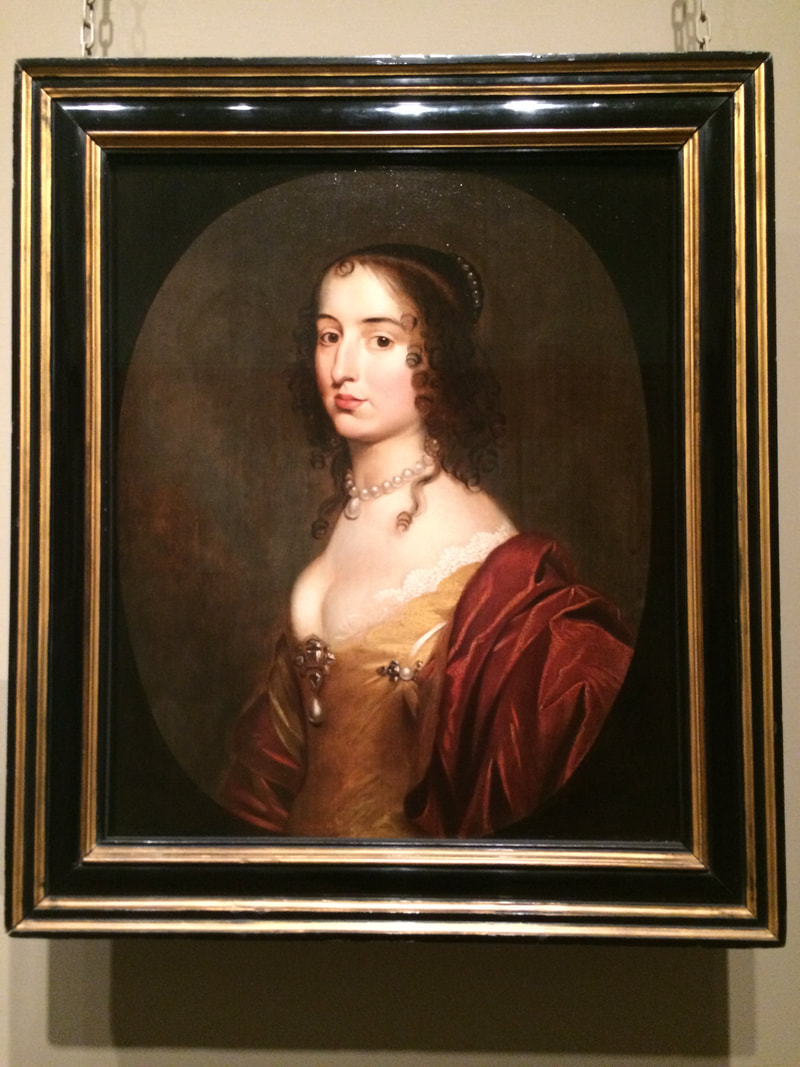
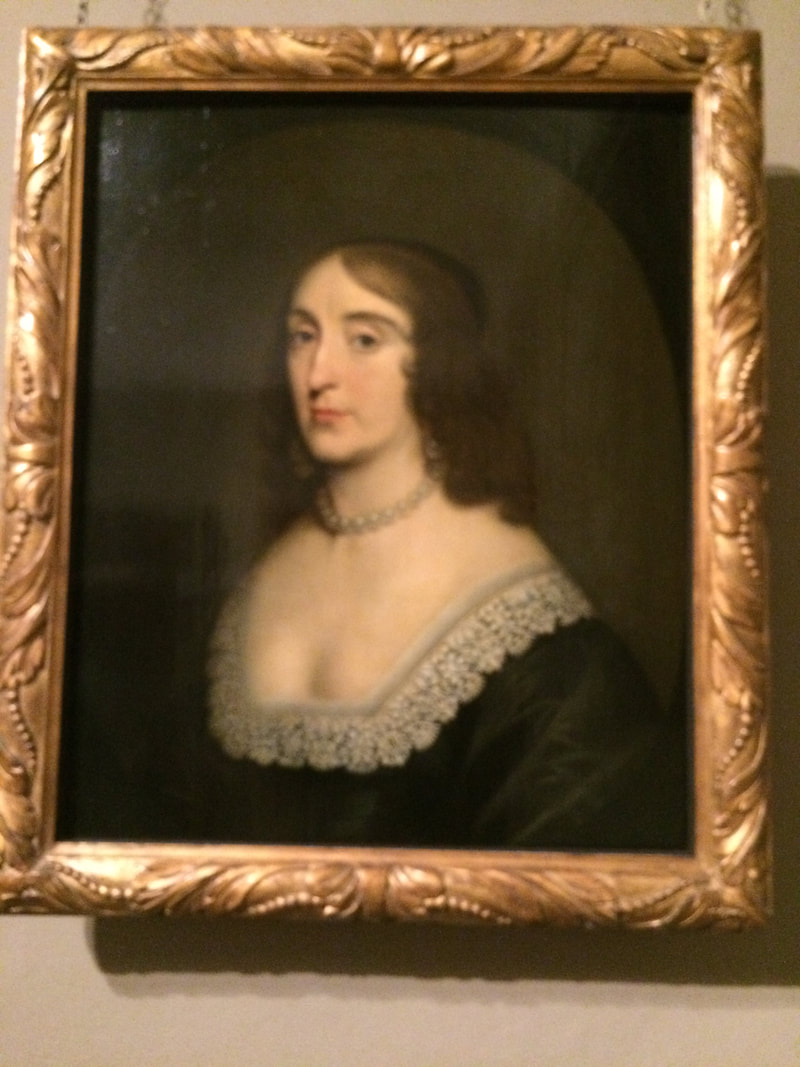
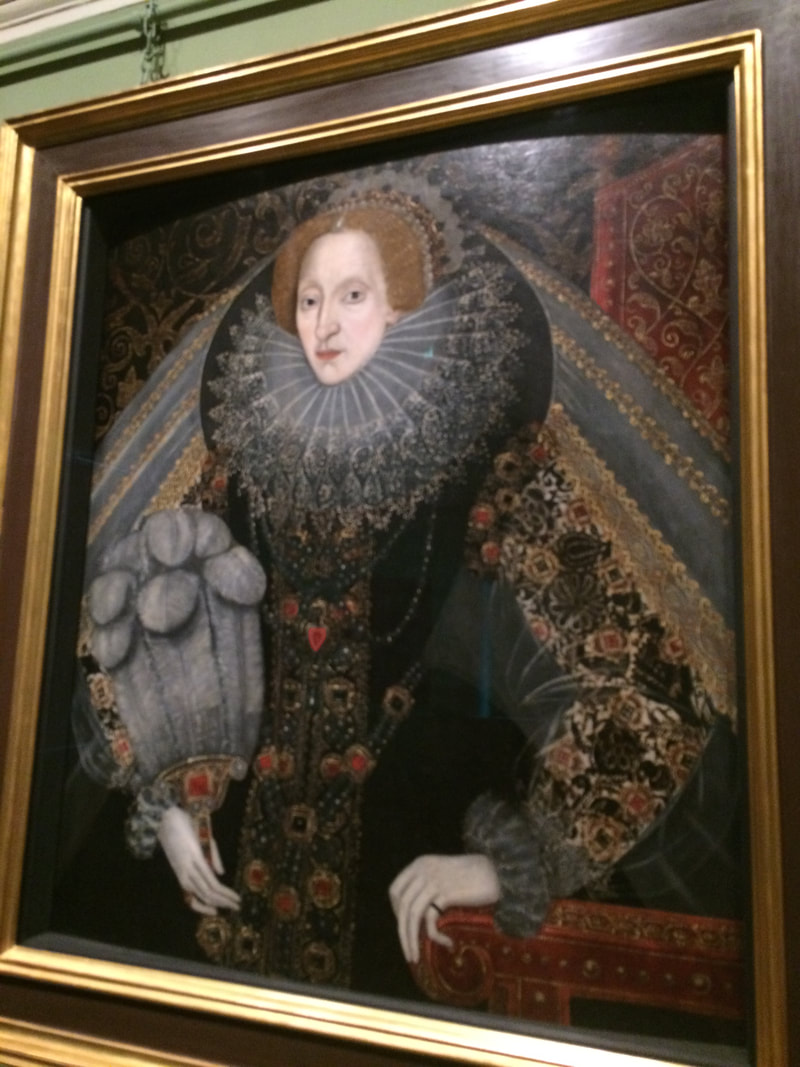
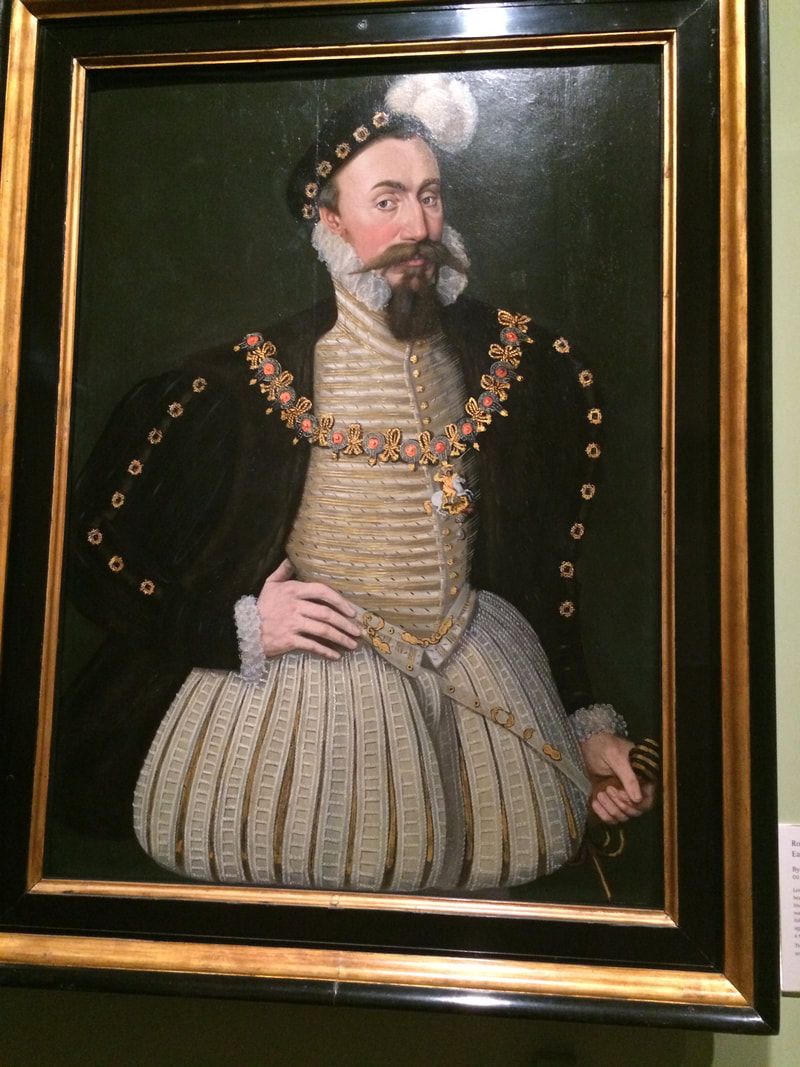
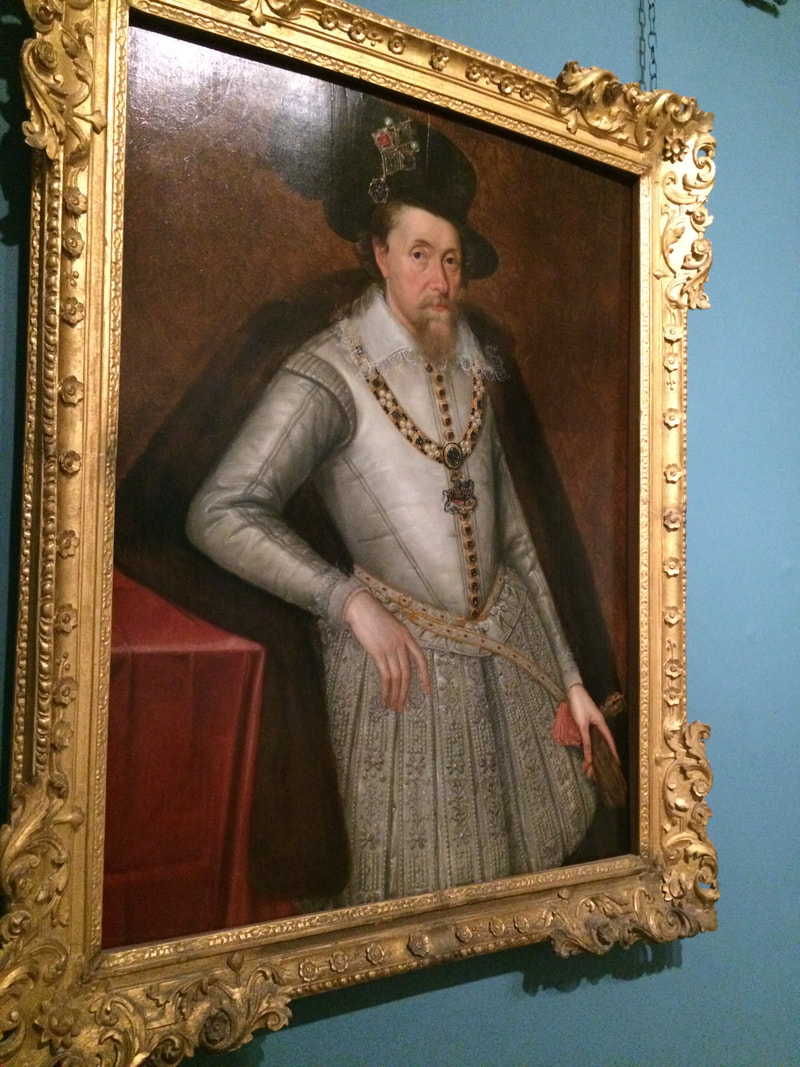
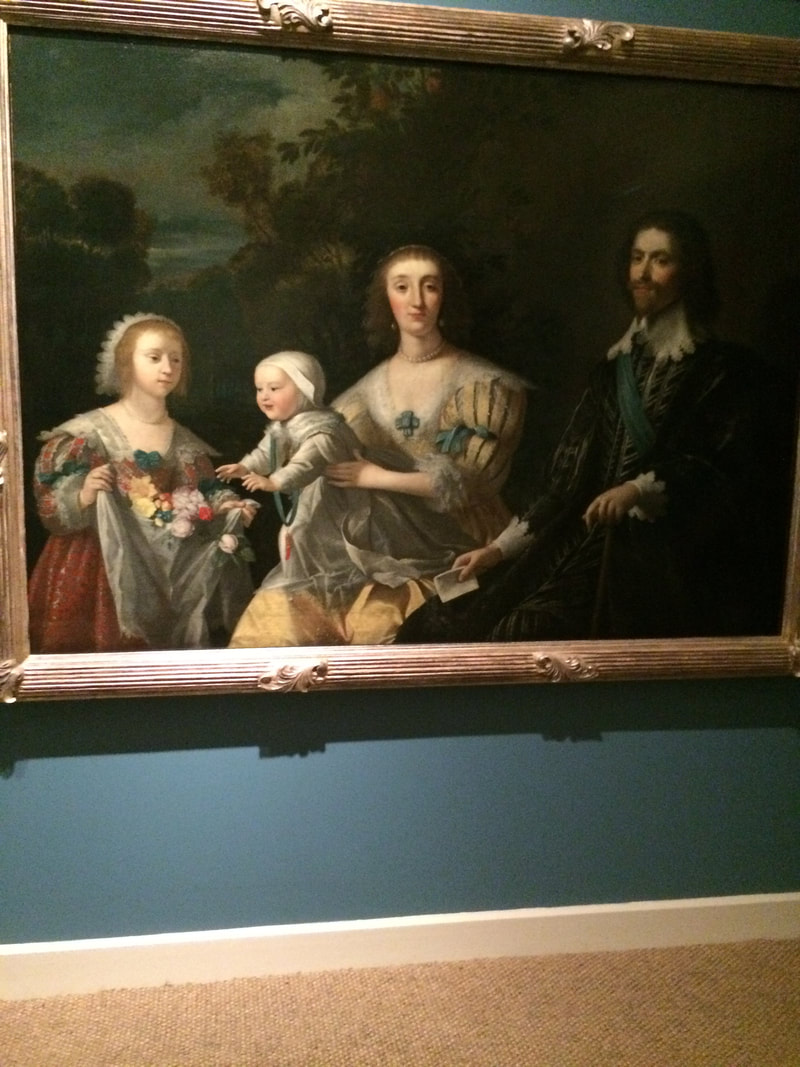
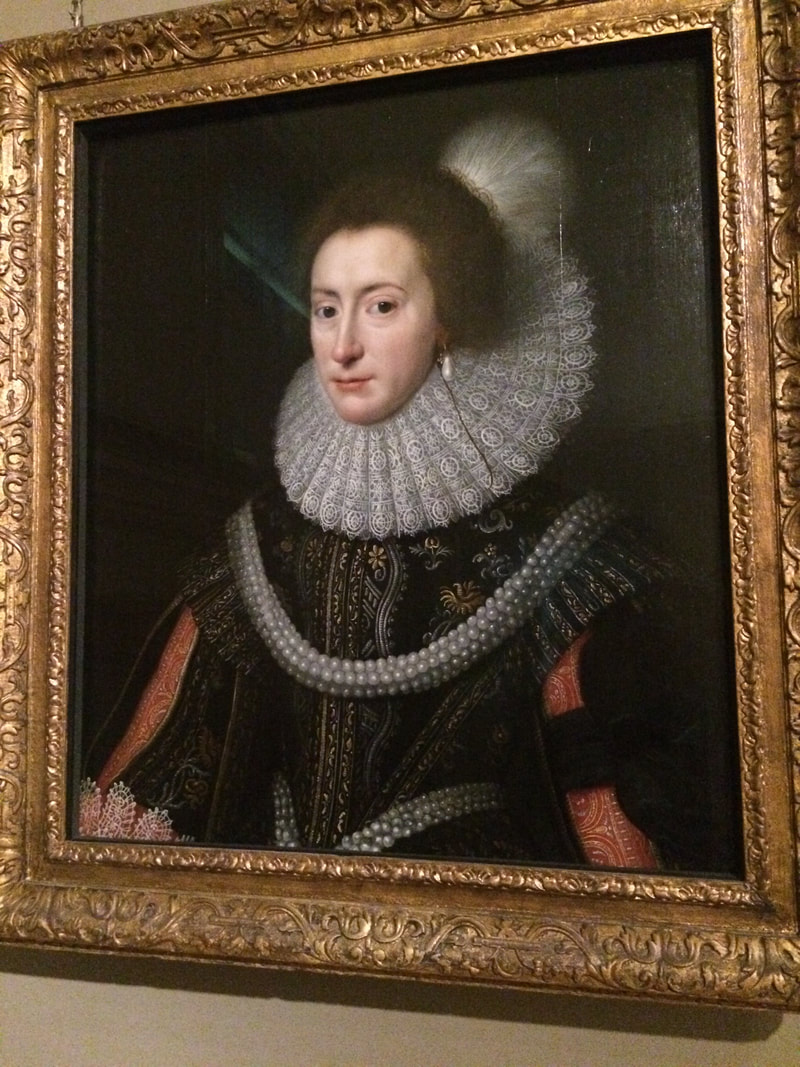
 RSS Feed
RSS Feed